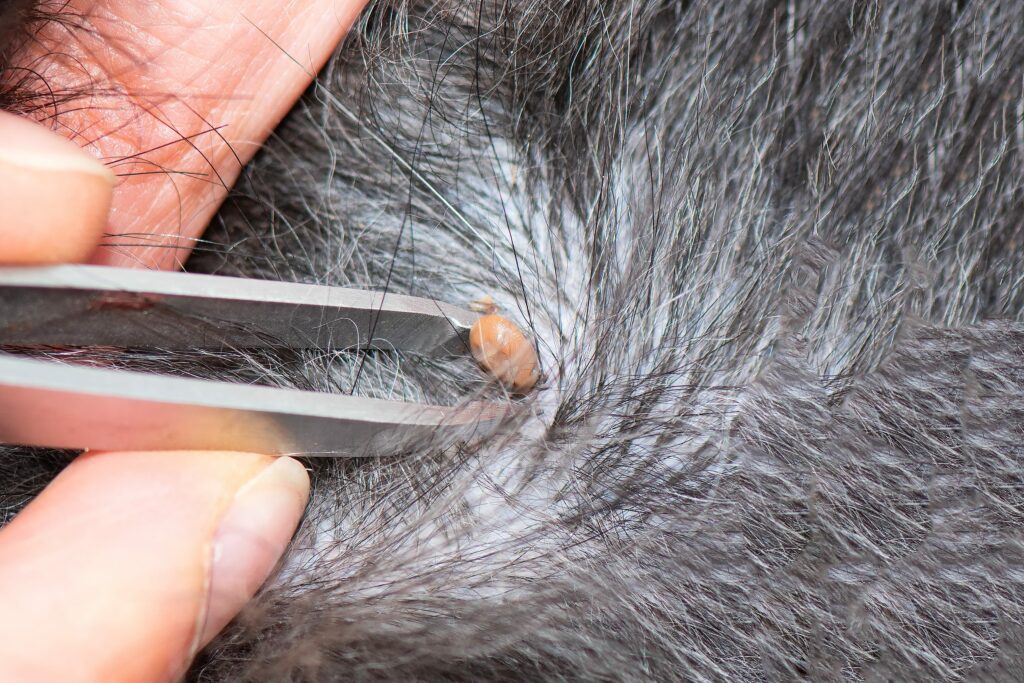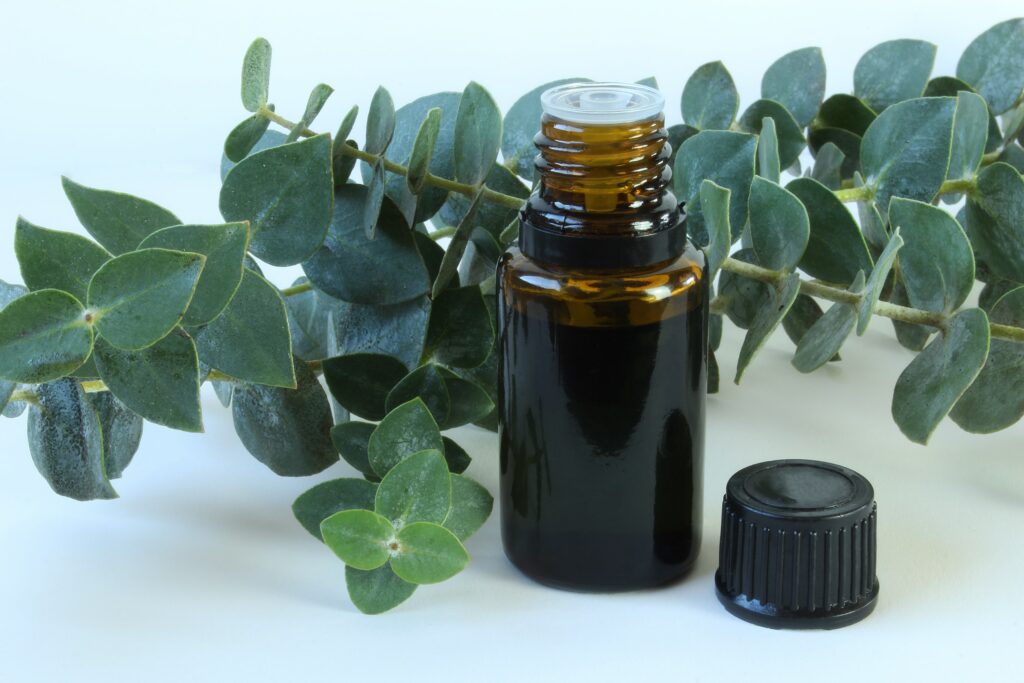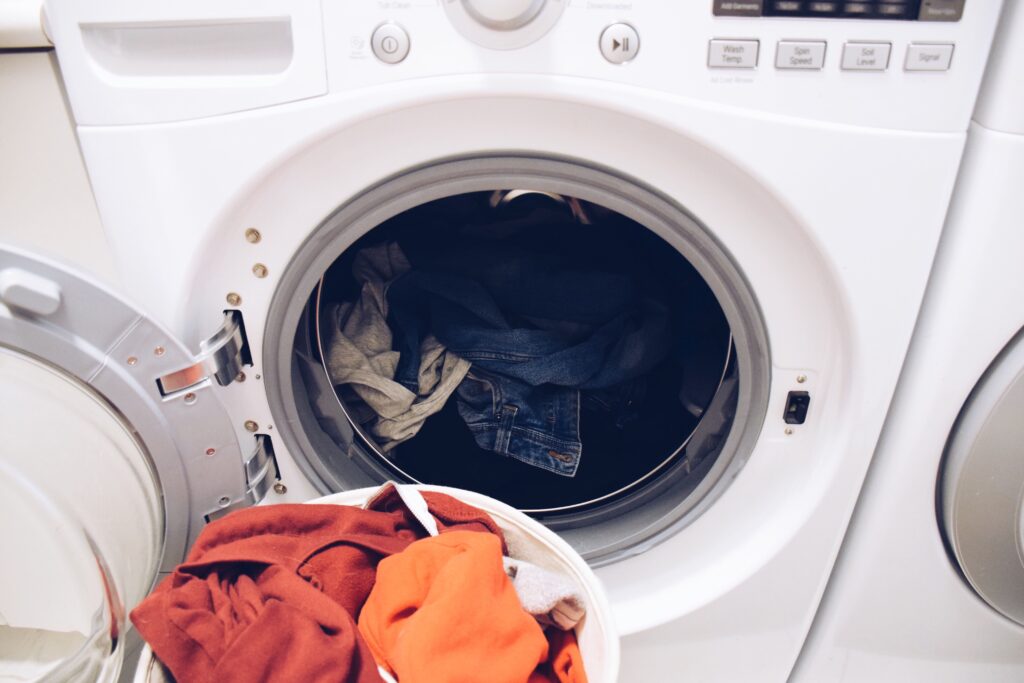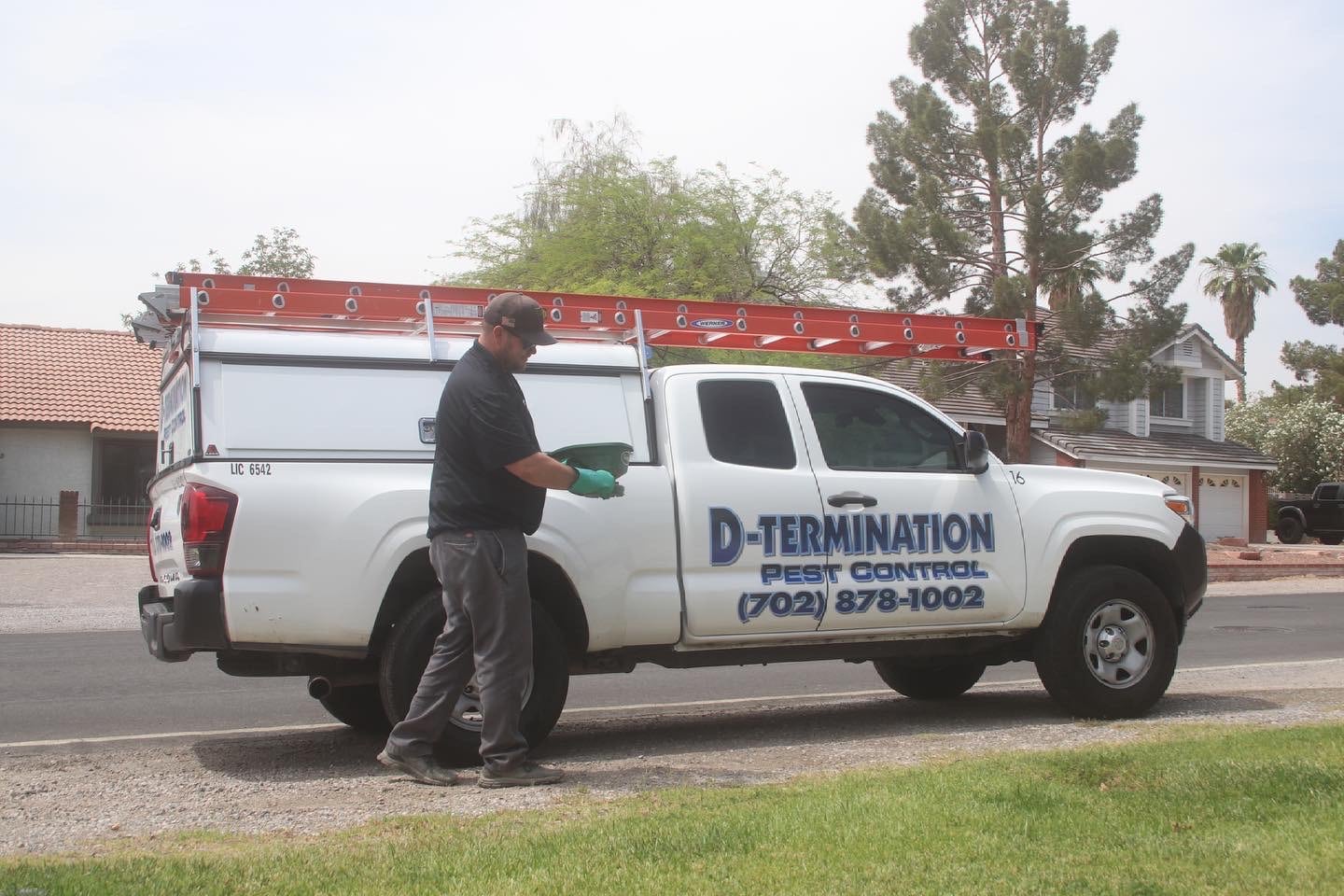Fleas, those tiny pests that infiltrate our homes and torment our beloved pets, are more than just a nuisance. Understanding the significance of preventing flea infestations is crucial for the well-being of both our furry companions and ourselves.
These minuscule parasites not only cause discomfort to our pets by incessantly itching and biting but can also transmit diseases and trigger allergic reactions, such as flea allergy dermatitis. Therefore, taking proactive measures to prevent fleas from invading our pet’s sleep and living spaces becomes paramount.
An Overview of the Steps to Prevent Fleas
Preventing fleas requires a comprehensive approach that encompasses various aspects of pet care, environmental maintenance, and natural or chemical treatments. By incorporating these preventive measures into your routine, you can significantly reduce the likelihood of a flea infestation in your home.
It’s important to note that prevention is always more effective than trying to get rid of fleas once they have established a stronghold. To successfully prevent fleas, particular attention should be given to maintaining a clean environment both indoors and outdoors.
Regular vacuuming and cleaning of carpets, furniture, and pet beds are essential steps in keeping flea populations under control. When vacuuming kills fleas, make sure to dispose of the bag immediately afterward or empty the canister into a sealed plastic bag outside your home.
Additionally, practicing good pet care is vital in the battle against fleas. This includes regular grooming sessions with special attention given to combing your pets with a flea comb.
Bathing your dogs using flea-repellent shampoos or natural remedies can also help kill adult fleas present on their bodies while soothing their itchy and irritated skin. Remember to use warm water mixed with mild soap for maximum effect.
By following these initial steps diligently, you will be well on your way toward preventing fleas from infiltrating your home and safeguarding the health and comfort of your pets. In the subsequent sections, we will delve deeper into each preventive measure to provide you with a comprehensive understanding of how to effectively prevent flea infestations.
Understanding Fleas
Fleas, those tiny bloodsucking pests that plague our beloved pets and sometimes find their way onto our own skin, have a long and storied history. These pesky insects have been around for millions of years, with fossils dating back to the Lower Cretaceous period!
Interestingly, fleas are classified as members of the insect order Siphonaptera, derived from the Greek words “siphon” meaning tube, and “aptera” meaning wingless. This name accurately describes their unique body structure that enables them to navigate swiftly through fur or hair.
Characterized by their flattened bodies and strong legs designed for jumping incredible distances relative to their size, fleas are exquisitely adapted parasites. They possess backward-pointing bristles on their legs that make it easy for them to cling onto hosts while they feast on blood.
Flea bites can leave irritating marks on both humans and animals, causing discomfort or even a condition known as flea allergy dermatitis in pets. To add insult to flea collar injury, these bothersome bugs often leave behind flea dirt (their feces), which appears as small black specks resembling ground pepper on your pet’s skin or bedding.
To combat a flea infestation effectively, understanding the life cycle of these critters is key. A female flea can lay hundreds of eggs over her lifetime, with each egg hatching into a larva within one to twelve days. The larvae feed primarily on organic debris such as dried blood or other matter found in dust-laden areas like carpets, upholstery, or even crawl spaces under your home.
After completing three larval stages over several weeks, they then spin cocoons where they develop into pupae. The pupal stage is particularly resilient, as fleas can remain in their cocoons for weeks to months, waiting for the right conditions to emerge as adults.
These cocoons are often found in pet bedding or other areas commonly occupied by your furry friends. Interestingly, certain triggers such as vibrations or an increase in carbon dioxide levels can stimulate adult flea emergence, leading to sudden infestations.
Once emerged, adult fleas jump onto their hosts (commonly cats and dogs) within seconds to feed and begin the cycle anew. Understanding these life cycles, stages and favored habitats is crucial for effective prevention and eradication of fleas from your home and pets’ lives.
Maintaining a Clean Environment
Regular vacuuming and cleaning of carpets, furniture, and pet bedding
Keeping your home clean is a crucial step in preventing flea infestations. Regular vacuuming not only removes dirt and debris but also helps eliminate fleas and their eggs from carpets, upholstery, and other surfaces.
When vacuuming, pay extra attention to areas where your pets spend the most time, such as their favorite spots on the couch or their cozy pet beds. Fleas are notorious hitchhikers and can easily latch onto these soft surfaces.
To effectively get rid of fleas using a vacuum cleaner, consider using one with strong suction power. A model that has a HEPA filter will trap even the tiniest flea particles.
While vacuuming may help reduce flea populations to some extent, it’s important to note that it won’t completely eradicate them. However, it is an essential part of the overall flea prevention products and strategy.
After you’ve diligently vacuumed your home to combat fleas, it’s crucial to dispose of the collected debris properly. Vacuum bags or canisters can become breeding grounds for fleas if not handled correctly. Seal the vacuum bag up tightly before disposing of it in an outdoor trash bin or follow the manufacturer’s instructions for emptying bagless canisters.
For an added layer of protection against fleas escaping from your disposed materials, you may consider placing them in a plastic bag before disposal. It’s also advisable to clean your vacuum cleaner thoroughly after each use by emptying its contents into a sealed garbage bag or outdoors and wiping down all surfaces with a gentle insecticide or diluted bleach solution.
By regularly cleaning and maintaining a tidy environment through proper vacuuming techniques and responsible disposal practices, you significantly reduce the risk of flea infestations taking hold in your home. Remember, prevention is always better than dealing with the hassle of treating flea bites and eliminating a full-blown infestation later on.
Pet Care Practices

One of the essential steps in preventing flea infestations is regular grooming of your furry friends. Grooming not only helps maintain their overall hygiene but also plays a crucial role in keeping those pesky fleas at bay. Grab a flea comb with narrow teeth and carefully run it through your pet’s coat, focusing on areas such as the neck, behind the ears, and along the tail.
Flea combs are designed to trap these tiny parasites in their fine teeth, making it easier for you to spot and remove them. During grooming sessions, pay close attention to any signs of flea control or infestation.
Look out for tiny black specks that resemble pepper flakes—these could be “flea dirt,” which is actually flea excrement and an indication that your pet has unwanted company. If you do spot fleas or their droppings, don’t panic!
Remove them from the comb by dipping it into soapy water or using tape to pick them off. Remember to dispose of any captured fleas promptly.
Bathing your pets regularly is another effective practice to prevent fleas from setting up camp on their fur. Use a high-quality flea-repellent shampoo specially formulated for cats or dogs (depending on your pet), as ordinary shampoos may not provide adequate protection against these persistent pests.
These specialized products contain ingredients that kill adult fleas while also targeting eggs, larvae, and pupae—interrupting their life cycle. When bathing your pet, thoroughly wet their coat with warm water before lathering up the flea-repellent shampoo from head to tail.
Take extra care around sensitive areas like the face and ears while ensuring you create a good lather throughout. Allow the flea shampoo to sit on your pet’s fur for a few minutes, as this gives it time to work its magic and kill fleas effectively.
Rinse your pet thoroughly, ensuring no shampoo residue remains. Pat them dry with a towel and reward them with treats and praise for being such a cooperative companion during the process!
By incorporating regular grooming sessions with a flea comb and frequent bathing using flea-repellent shampoos, you can significantly reduce the risk of fleas infesting your pets’ coats. These practices not only address existing flea problems but also act as preventive measures against future infestations, ensuring that your furry friends remain happy, healthy, and itch-free.
Yard Maintenance
Keeping your yard well-maintained plays a crucial role in preventing flea infestations. One effective step in yard maintenance is regular lawn mowing. By cutting the grass to an appropriate height, you create an unfavorable environment for fleas to thrive.
Fleas prefer long grass as it provides shade and moisture, which they need for survival and reproduction. By maintaining a shorter lawn, you significantly reduce their hiding spots and limit their chances of infesting your outdoor space.
When mowing the lawn, ensure that you mow it evenly and at a suitable height. For optimal results, aim for a grass length of around two to three inches.
This length discourages fleas from laying eggs in your yard as it exposes them to sunlight and makes it easier for predators like birds or other insects to spot and devour them. Additionally, regularly removing clippings from the mower bag immediately after use prevents any adult fleas or their eggs from being redistributed across your yard.
To further deter fleas from taking up residence in your yard, it is essential to keep it free of debris and maintain a tidy environment. Fleas are attracted to areas with ample hiding spots such as piles of leaves, stacks of wood, or unused items scattered around the yard.
By clearing such debris regularly, you eliminate potential breeding grounds for fleas. Regularly inspect flower beds, patio areas, under decks or porches for any signs of flea activity or resting spots.
Pay attention to shady areas where pets often spend time resting or playing outside as these locations can be hotspots for fleas seeking refuge from direct sunlight. In addition to clearing debris, consider trimming shrubs and bushes near these areas as they provide additional hiding places for fleas.
By maintaining a clean and well-groomed yard, you not only discourage flea populations but also create a more enjoyable outdoor space for you, your family, and your beloved pets. Remember to implement these yard maintenance practices in conjunction with other preventive measures for comprehensive flea control.
Natural Preventive Measures

When it comes to combating fleas naturally, essential oils like lavender and eucalyptus can be incredibly effective. These oils not only emit a pleasant fragrance but also possess inherent properties that repel fleas.
To utilize their flea-repelling benefits, you can create a simple homemade spray by mixing a few drops of the essential oil with water in a spray bottle. Spritz this mixture onto your pet’s bedding, furniture, and even around your home’s entryways to create a natural barrier against those pesky critters.
However, while these essential oils are generally safe for pets when used in small amounts, some animals may have sensitivities or allergies. It is crucial to test the oil on a small patch of your pet’s skin before applying it extensively.
Additionally, remember that essential oils should never be directly applied to your pet’s skin without proper dilution as it may cause irritation or adverse reactions. Always use them sparingly and consult with your veterinarian if you have any concerns.
Implementation of Nematodes in the Yard
One highly effective natural option for controlling flea larvae is the introduction of beneficial nematodes into your yard. Nematodes are microscopic roundworms that feed on flea larvae present in soil or grassy areas.
These tiny warriors are harmless to humans and pets but prove lethal for fleas at their developmental stages. To employ nematodes as an ally in your fight against fleas, you can purchase them from gardening stores or online retailers specializing in organic pest control products.
Following the instructions provided with the package, mix the nematode solution with water and apply it to infested areas regularly. These diligent predators will seek out flea larvae in moist soil or grass and release bacteria that kill them efficiently.
Keep in mind that nematodes work best in shaded areas or regions with high humidity levels, so pay particular attention to spots around trees, shrubs, or other cool hiding places where fleas may thrive. By introducing these natural predators into your yard ecosystem, you create a hostile environment for flea development and prevent infestations from taking root.
Chemical Treatments
When it comes to preventing flea infestations, chemical treatments play a crucial role in keeping our beloved pets safe and comfortable. Topical treatments are one effective method to combat fleas, but it’s essential to choose the right product based on the size and weight of your pet. Different breeds and sizes may require specific formulations or dosages to ensure maximum effectiveness.
To start, consult with a veterinarian who can guide you in selecting the most suitable topical treatment for your furry friend. Factors such as breed, age, weight, and any existing health conditions need to be taken into account.
The veterinarian will recommend products that are safe for your pet’s skin while effectively controlling fleas. It is important not to use products intended for dogs on cats or vice versa, as these can contain ingredients that are toxic or potentially harmful to the other species.
In some cases, oral medications may be recommended as part of a comprehensive flea prevention plan. These medications are administered by mouth and work systemically throughout your dog or pet’s body to provide long-lasting protection against fleas. When considering oral medications, it is crucial not to self-medicate your pet without consulting a veterinarian first.
A licensed veterinarian will evaluate your pet’s health history and specific needs before prescribing any oral medication. They may recommend chewable tablets or flavored pills tailored to your pet’s size and weight.
Oral medications are particularly useful if you have multiple pets in your household or if you live in an area highly prone to flea infestations. They offer convenience since they do not require regular application like topical treatments do.
However, it is essential always to follow the vet’s instructions regarding dosage frequency and potential side effects. Remember that chemical treatments should always be used as directed by a professional and should never be applied to an animal other than the one for which it is intended.
Taking preventive measures when visiting areas known for high flea activity
When you’re planning a trip to an area with a high risk of flea activity, it’s essential to take the necessary precautions to protect yourself and your pets from these pesky critters. These areas can include parks, forests, or even certain neighborhoods with a history of flea infestations. One of the most effective preventive measures is to use a reputable flea repellent on both you and your pet before venturing into these hotspots.
Look for products that contain ingredients like citronella or eucalyptus oil, as these can help repel fleas and minimize the chances of them latching onto you or your furry friend. It’s equally important to pay attention to your surroundings when in high-risk areas.
Avoid walking through tall grass or brush where fleas may be lurking, as they tend to thrive in such environments. Stick to well-maintained paths whenever possible, reducing the opportunities for fleas to jump onto you or hitch a ride on your pet.
While exploring wooded areas, be cautious around fallen leaves and debris, as they can harbor flea eggs, larvae, and pupae. By being mindful of your surroundings and taking appropriate preventive measures like applying repellents beforehand, you can significantly reduce the risk of bringing unwanted passengers home with you.
Properly inspecting clothing, shoes, and gear after outdoor activities

After spending time in high-risk areas known for flea activity, it is crucial to thoroughly inspect yourself and your belongings before returning indoors. Start by checking your clothing meticulously from top to bottom. Pay particular attention to cuffs, collars, socks, and any other openings where fleas may have found their way inside.
You can also give your clothes a shake outside before going back indoors — this simple action can dislodge any clueless fleas that may have hitched a ride on your garments. Next, take off your shoes and give them a good shake as well.
Fleas can easily hide in the folds or crevices of footwear, so knocking them against a solid surface can help dislodge any uninvited guests. Inspect your cat or pet’s gear too, such as leashes, carriers, or blankets.
Fleas can easily hide in the fabric or crevices of these items and later infest your home if not properly addressed. If possible, wash these items with hot water and detergent to kill adult fleas, eggs, larvae, or pupae that may be present.
By being proactive in inspecting yourself and your belongings after outdoor activities in high-risk areas, you greatly reduce the chances of unknowingly bringing flea hitchhikers home with you. These simple yet effective measures help prevent flea infestations and provide peace of mind for both you and your beloved pets.
Early Detection and Treatment
To effectively prevent and treat a flea infestation, it is crucial to be vigilant and regularly check your pets for any signs of these pesky parasites. Fleas are skilled at hiding in the dense fur of our furry friends, so it’s important to take the time to thoroughly inspect them.
Start by parting the fur with your fingers and closely examining their skin for any signs of itching, redness, or tiny black/brown specks that could indicate flea dirt. If you notice your pets constantly scratching or displaying discomfort, it’s a clear indication that they may have fallen victim to these blood-sucking insects.
Additionally, pay close attention to specific areas where fleas tend to congregate, such as around the neck area, base of the tail, and behind the ears. These warm spots provide ideal conditions for fleas to thrive.
If you spot any adult fleas hopping around or even tiny white oval-shaped eggs stuck in your pet’s fur, it’s time to take immediate action! Not only do these irritating pests cause immense discomfort for our beloved companions but they can also transmit diseases or serve as hosts for internal parasites.
Prompt treatment with vet-approved products at the first sign of infestation
Once you have detected even a single flea on your pet or found evidence of an infestation through their incessant scratching and flea dirt on their skin, it is vital to act swiftly. Delaying treatment will only allow the infestation to worsen and potentially spread throughout your home.
The first step is consulting with a trusted veterinarian who can recommend appropriate flea treatments based on your pet’s size, weight, and overall health. There are various options available when it comes to eliminating fleas from your pets.
Topical treatments like spot-on solutions or flea collars can effectively repel fleas and kill adult fleas on contact. Oral medications, on the other hand, are ingested by your pet and work internally to control fleas.
Your veterinarian can guide you in choosing the most suitable method for your specific situation. Remember, it’s crucial to strictly adhere to the recommended treatment protocol and follow the instructions provided by your vet or the product manufacturer.
Flea treatments typically need to be applied consistently over a specific period to ensure all the fleas are eradicated, including their eggs and larvae. By promptly treating your pets at the first sign of infestation, you minimize their discomfort and prevent these troublesome parasites from taking over your home.
Conclusion
In this comprehensive guide, we have delved into the world of flea infestations and explored various ways to prevent these pesky parasites from invading our lives. By understanding the life cycle of fleas and their preferred habitats, we have gained valuable insights into their behavior and vulnerabilities.
Through maintaining a clean environment, implementing proper pet care practices, ensuring yard maintenance, employing natural preventive measures, considering chemical treatments when necessary, taking extra precautions in high-risk areas, and practicing early detection and treatment, we can significantly reduce the risk of flea infestations. By regularly vacuuming carpets, furniture, and pet bedding while disposing of the vacuum contents properly to eliminate captured fleas or developing fleas eggs, we can create an inhospitable environment for fleas.
Consistent pet care practices such as grooming with a flea comb and bathing with flea-repellent shampoos or natural remedies help to keep fleas at bay by removing any existing pests from our pets’ fur or skin. Additionally, maintaining a well-groomed yard through regular mowing and tidying up debris discourages flea populations from settling in our outdoor spaces.
Natural preventive measures for flea treatment such as using essential oils like lavender or eucalyptus to repel fleas or introducing beneficial nematodes in the yard that prey on flea larvae provide further protection against these persistent pests. When necessary, consulting with veterinarians about suitable topical or oral medications for our beloved pets ensures effective long-term prevention against fleas.
Extra precautions should be taken in high-risk areas known for heavy flea activity by inspecting clothing, shoes, and gear after outdoor activities. Early detection remains crucial in preventing full-blown infestations.
Regularly checking our pets for flea feces or signs of itching or redness allows us to intervene promptly using vet-approved products to halt the infestation before it spirals out of control. By following these preventive measures and maintaining vigilance, we can enjoy a flea-free existence for ourselves and our furry companions.
Remember, with the right knowledge and consistent efforts, you have the power to keep these tiny troublemakers killing fleas at bay. So take action today and embrace a future free from the nuisance of fleas.
Your pets will thank you, and you can rest assured knowing that you have done everything in your power to protect them from these persistent pests. Together, we can conquer the flea population and create a more comfortable living environment for everyone involved.
Get Rid of Fleas with D-Termination: The Top Pest Control Service in Las Vegas!

If you’re facing flea issues on your Las Vegas property, D-Termination is your trusted solution. Our skilled team is dedicated to eradicating flea infestations and bringing back comfort and serenity to your living space. Say farewell to fleas by selecting D-Termination for efficient pest control today!
Reach out to us at 702-919-6310 or visit dtermination.com to schedule your flea control service and reclaim your environment from these troublesome pests.
Frequently Asked Questions:
To prevent a flea infestation, maintain regular pet grooming, use flea preventatives, and keep your home clean.
Preventing a flea infestation involves proactive pet care, regular cleaning, and maintaining a pest-free environment.
Keep fleas off yourself by wearing protective clothing, using repellents, and avoiding flea-prone areas.
Stop fleas from reproducing by using flea control products on pets, cleaning your home, and treating outdoor areas.








